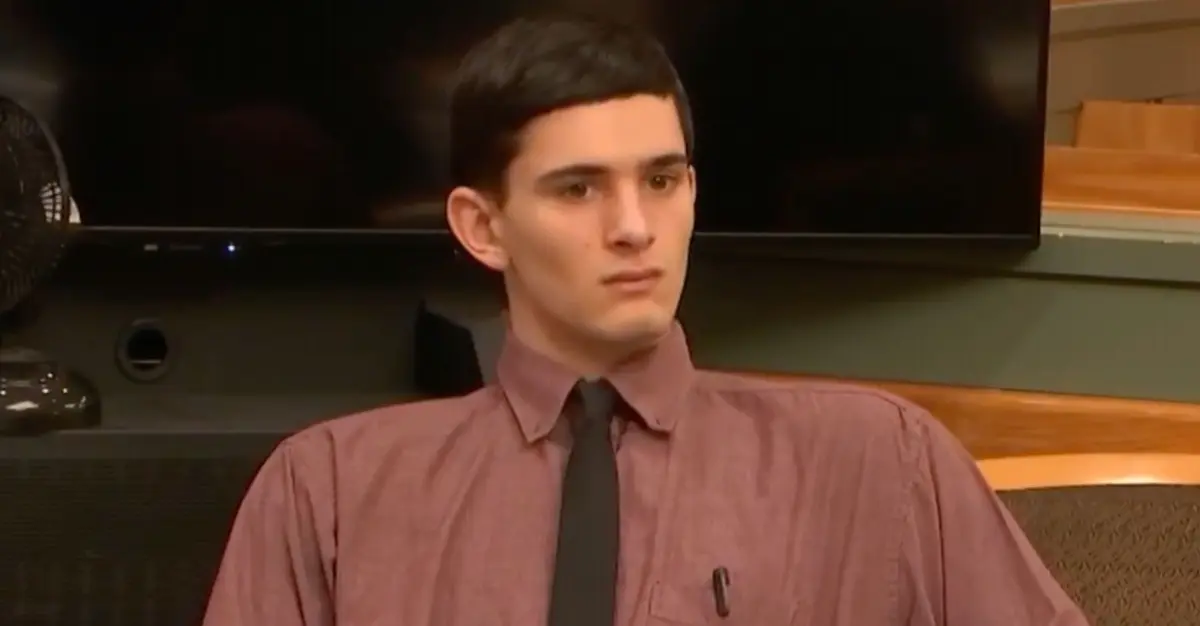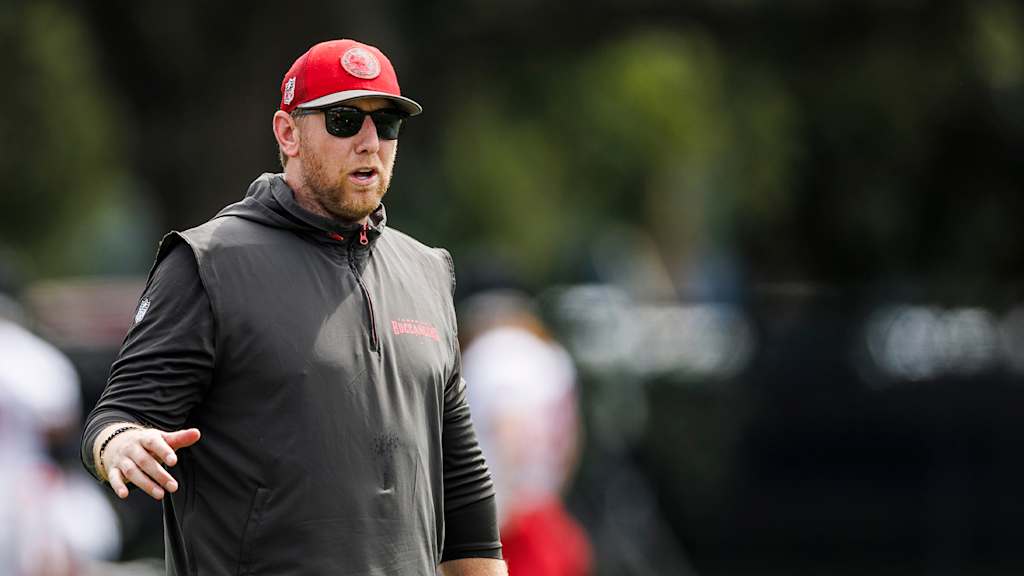In today’s age of sensationalized news and viral stories, some individuals gain attention for actions that have far-reaching consequences. One such figure who captured national attention was Zachary Latham, whose story became a widely discussed case involving tragic outcomes, legal battles, and a debate over self-defense and justice. This article will delve into the details surrounding Zachary Latham, the events leading to his notoriety, and the broader implications his case has had on society and the legal system.
Who is Zachary Latham?
Zachary Latham became a household name in 2020 due to a violent incident that ultimately led to a death, but his name would not be as widely known without the viral footage that was shared on social media. Latham, a young man from New Jersey, became infamous after a confrontation with his neighbors turned deadly. His case raised important questions about self-defense, the use of social media in modern-day crime, and the fine line between personal conflict and violence.
Prior to the tragic events, Latham had been involved in a series of conflicts with his neighbors, the D’Atanasio family, which became an ongoing source of tension. The situation escalated when Latham recorded and posted video footage of a confrontation between him and members of the D’Atanasio family, ultimately resulting in the fatal altercation.
The Background of Zachary Latham’s Conflict
The conflict between Zachary Latham and his neighbors, William and Catherine D’Atanasio, dates back to 2020. The tensions started when Latham, a teenager at the time, moved into the neighborhood and had a series of disputes with his neighbors regarding issues such as noise and other disturbances. These disagreements reportedly intensified as Latham began to engage in increasingly provocative behavior toward the family, including a number of verbal altercations.
At some point, Latham became known for recording and uploading videos of his interactions with the D’Atanasios. These recordings, often capturing moments of conflict, gained traction on social media platforms and eventually became a part of the public record. It’s worth noting that these videos played a significant role in how the public perceived the situation.
The Role of Social Media in the Incident
In the digital age, it’s not uncommon for conflicts to escalate when social media becomes involved. For Latham, his decision to share his encounters with the D’Atanasios online gave the situation an added layer of complexity. The viral nature of these videos only fueled the animosity between the neighbors, with some claiming that Latham’s provocative actions and decision to record the incidents were a form of instigation. The use of social media in this case became a focal point in the public’s perception of the conflict, with some seeing Latham’s behavior as an attempt to sensationalize and provoke his neighbors for personal gain.
This blending of real-life disputes with public exposure on social media highlighted the power of modern technology to shape narratives and influence public opinion. In the case of Zachary Latham, it was the use of video that would ultimately play a critical role in determining the outcome of the legal proceedings.
The Fatal Confrontation: What Happened?
The tragic turning point came when the conflict between Zachary Latham and the D’Atanasio family escalated into a physical confrontation on May 19, 2020. According to reports, Latham got into a heated argument with William D’Atanasio, which quickly turned violent. Latham allegedly used a stun gun on William, and in the heat of the moment, a physical altercation broke out, involving multiple members of the D’Atanasio family. During the confrontation, Latham fatally stabbed William D’Atanasio, resulting in his death.
The death was a significant moment in the case, as it marked a point where the ongoing dispute between Latham and the D’Atanasios turned into a criminal matter. Law enforcement quickly arrived on the scene and began to investigate the circumstances surrounding the incident. In addition to the physical altercation, authorities had to grapple with the presence of the videos that Latham had uploaded, which would ultimately play a key role in the legal proceedings.
Legal Aftermath: The Case Against Zachary Latham
After the death of William D’Atanasio, Zachary Latham was charged with multiple counts, including manslaughter and aggravated assault. The case quickly became a highly publicized legal matter, with widespread debate over whether Latham acted in self-defense or whether his actions were premeditated. The viral videos that Latham posted on social media provided key evidence, but they also raised many questions about his intentions and the events leading up to the fatal confrontation.
Self-Defense Claims
One of the primary defenses used by Zachary Latham in court was the claim of self-defense. Latham argued that he was attacked by the D’Atanasio family members and that he acted in response to being physically threatened. His defense team presented evidence that suggested Latham may have felt cornered and in danger, leading him to take drastic measures to protect himself.
However, prosecutors contended that Latham had provoked the situation and escalated the conflict intentionally. They pointed to the series of provocative videos that Latham posted on social media as evidence that he had been actively trying to incite a confrontation. They argued that rather than trying to avoid conflict, Latham had instigated it, making his actions harder to justify as self-defense.
The Role of the Videos
As mentioned earlier, the videos that Zachary Latham posted online played a pivotal role in both the investigation and the trial. These videos offered a firsthand look at the ongoing disputes between the parties involved and gave insight into the dynamics of their interactions. The footage showed that there was tension between Latham and the D’Atanasio family long before the fatal altercation, adding layers of complexity to the case.
Critics of Latham argued that the videos showed him attempting to provoke a response from his neighbors, which could be seen as evidence of his intent to escalate the situation. On the other hand, Latham’s defense team claimed that the videos were simply documentation of what he felt was unfair treatment, and that they were not meant to incite violence.
Public Reaction to the Case
The case of Zachary Latham quickly became a national story, sparking widespread debate and public discourse on various topics, including self-defense, social media’s role in modern conflicts, and the ethics of recording private interactions. The fact that the incident was caught on video and shared online only added fuel to the fire, with many people weighing in on the case without having all the facts.
Some viewed Latham as a victim of excessive aggression from his neighbors, while others believed that he was a young man who had provoked a situation that ultimately led to a tragic death. The legal proceedings, which included a trial and ongoing investigation, were closely followed by media outlets and the general public alike.
The Outcome: A Mixed Verdict
As of the latest reports, Zachary Latham faced a lengthy trial, and while the specifics of the verdict varied, the case highlighted the complexities of self-defense claims in violent confrontations. The court had to take into account not just the physical altercation itself, but also the context surrounding it, including the history of conflict and the presence of online videos.
In the end, the jury deliberated on whether Latham had acted out of self-defense or whether he had intentionally escalated the situation. While Latham’s defense team argued that he was protecting himself, the prosecution’s evidence of provocation complicated the case. The mixed nature of the outcome left many questioning whether justice had been fully served and whether the legal system adequately addressed the nuances of modern conflict.
Conclusion: The Legacy of Zachary Latham’s Case
The case of Zachary Latham serves as a cautionary tale about the dangers of escalating personal conflicts, the power of social media in shaping public narratives, and the legal complexities surrounding self-defense. It also raises important questions about how technology can impact real-life situations, both in terms of evidence and the way individuals interact with each other.
Latham’s story is a tragic one, highlighting the often unpredictable and devastating consequences of seemingly small disputes. It also sheds light on the challenges faced by the legal system in dealing with modern cases that involve social media, video evidence, and highly charged personal conflicts.
As the legal proceedings continue to unfold, Zachary Latham will remain a figure associated with a highly publicized case that touched on issues of self-defense, justice, and the role of technology in modern society. His story serves as a stark reminder of the need for careful consideration when engaging in conflicts, both online and in person, and the importance of understanding the far-reaching implications of our actions.




